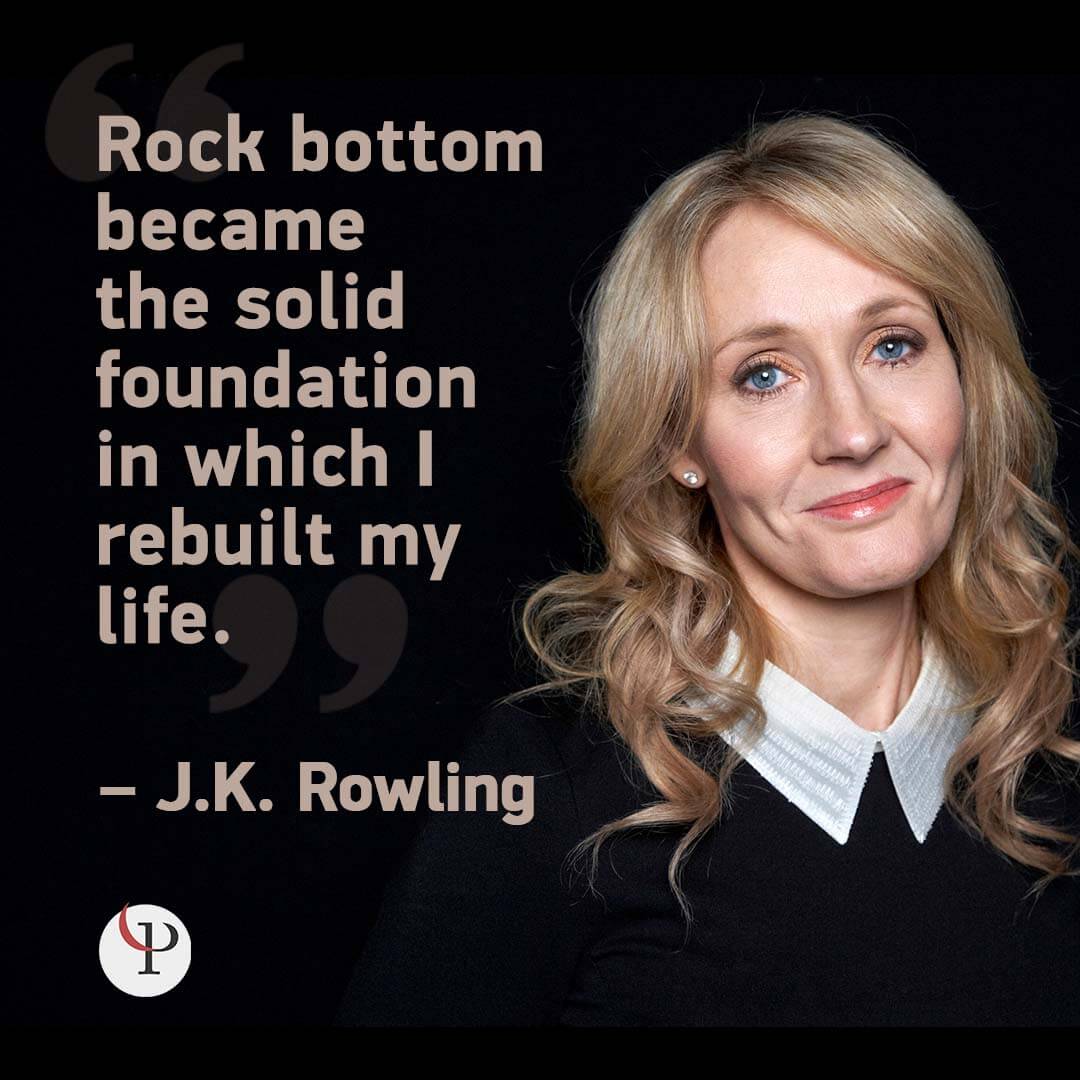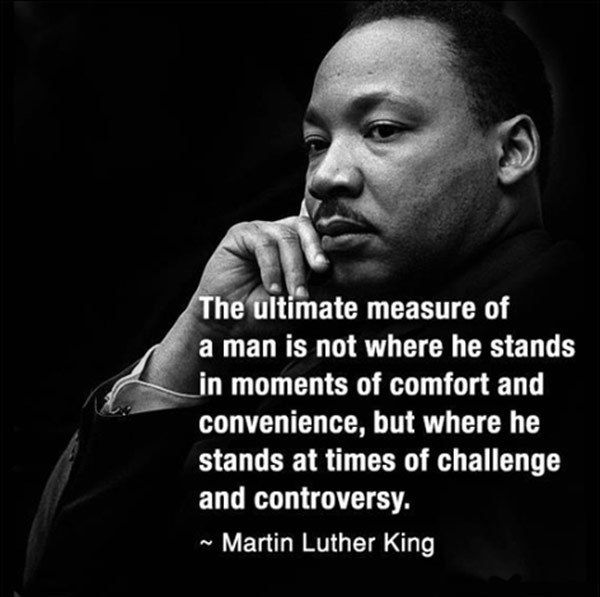I grew up in Guatemala Central America. My dad, was a truck driver. As such, he would spend countless hours on the road, sometimes at the expense of his health. We would have enough to survive, but nothing more. He had a truck accident that changed him in so many ways. Suddenly he was tied to a bed, then to a wheelchair for quite some time. I was a child then, but I understood the consequences of this situation. I quickly learned that my family was going to suffer. The inability of my dad to provide for his family was going to be tough.
My mom and I were thinking…. How are we going to survive this? But not my father. He, despite the pain and the suffering, wasn’t thinking of getting better and return to driving, he was thinking bigger. Something happened to him that he had a new resolve; he wanted to have his own business and provide for his family. Many, including my mother and I, were skeptical until he proved us otherwise.
After he was able to move, he opened his small business in my hometown. His small business was not more than a table with a scale, a couple of knives and a supply of chicken meat that he would sell by the pound. From those humble beginnings, he became a respected entrepreneur and business owner. When I was in second grade, I asked him to buy me a bicycle; he couldn’t afford it. When my little sister went to college, he bought her a brand-new car. That might not sound much, but for me, it was an incredible difference of means. He was and still is a thriving businessman who has accumulated enough resources and wealth in a way that we never thought he could.
Like my father, I also had a life-changing event. I was diagnosed with a brain tumor and I was not able to do what I was trained to do for a living. Like my father, I also was able to reinvent myself. Today, I am thriving professionally and personally in ways I never thought I could. I am who I am today because of the tumor and the decisions I made as a result of it, and I wouldn’t change that for anything in the world.

Life is long enough that at one point or another we all are going to be challenged.
Building resilience to bounce back in the face of challenges has been in the news quite considerably these days. I see resilience beyond bouncing back, but rather a way to thrive not in spite of the challenges, but because of them.
There are three ways individuals respond when confronted by a challenge. Some may survive the incident, some will also recover from the event, and a few will thrive as a result of enduring the hardship. Resilience is correlated with the amount of time an individual spends on any of those stages. The more resilient individual, will spend little time in survival mode and move quickly to adapting and thriving.
Resilience and Thriving
Over the years, I have been studying resilience as way to understand my father’s transformation after his dramatic and traumatic experience and also my own. I have found a lot of academic and anecdotal information. One very interesting piece of research that has validated what I have seen and experienced. Some individuals survive and continue to function, although it may be in an impaired state. Others will recover, which indicates a return to baseline where individuals continue to their previous level of functioning. However, others will experience thriving results that will result in a positive transformation as Yvette Nishikawa reports in her doctoral dissertation. That is what happened to my father and me.
Resilience is correlated with the amount of time an individual spends on any of those stages. The more resilient individual, will spend little time in survival mode and move quickly to adapting and thriving.

What makes some people thrivers and other survivors?
“When you are just surviving, there is no room to dream”
Not every person that has undergone change as a result of trauma has had a positive outcome and becomes a thriver. What does it take? Research done by Charles Carver, addresses resilience in the context of internal and external factors. Some external factors include social support and psychological safety. The internal resilience factors that have resonated with me tremendously are aligned with the research of Michael Ungar. He lists optimism, empathy, passion, insight, and determination.
What has worked for me is to make a commitment to a larger goal and then having the perseverance to go after it. But here is the most important learning for me, society, organizations, families, communities have an impact on how people tap on their resiliency. When individuals have social support and psychological safety, it is easier for them to move from surviving to thriving. So, society, families, companies, have a responsibility to create an environment that allows individuals to move from surviving to thriving.


